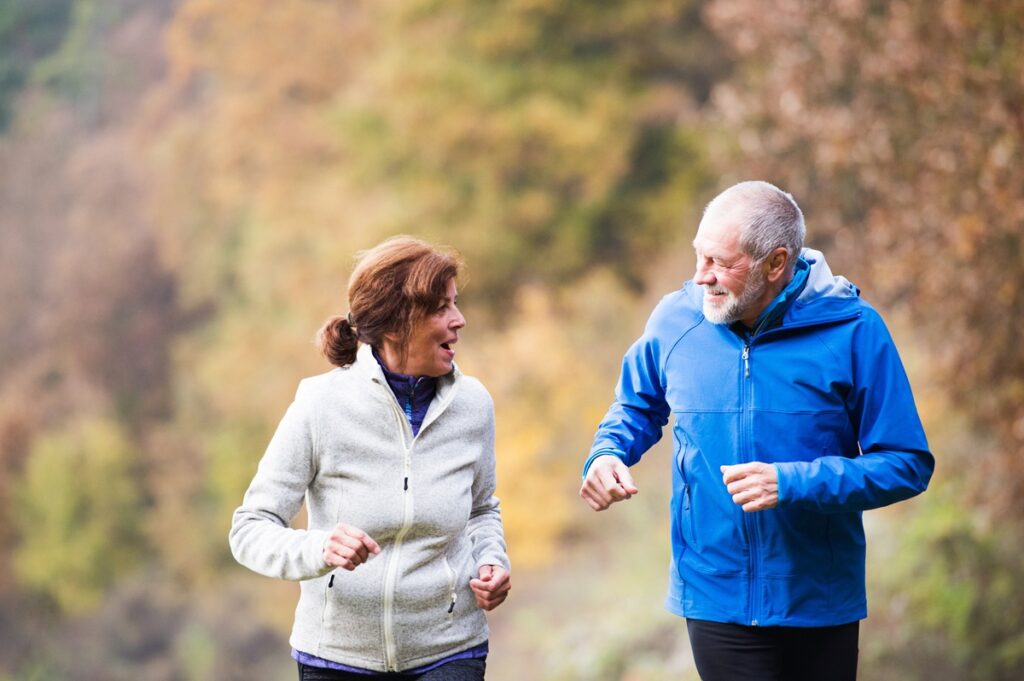The causes of loneliness are complex, but there are ways to combat its effects.
Humans are wired to be connected to other people and prone to experiencing deep loneliness when social ties are weak or broken. While feeling disconnected is miserable at any age, it can be particularly unbearable as we age.
This is especially true for older adults with physical limitations that prevent them from interacting with the outside world as much as they might like. It’s also true for seniors who struggle to find meaning in today’s digitally focused world.
Loneliness adversely affects our health and longevity and is associated with depression.
Research on the physical and psychological effects of loneliness confirms that it can have an adverse effect on healthy aging, causing depression and even physical deterioration, increasing our chances of being afflicted by illness and disease.
For seniors who’ve spent their lives surrounded by friends and family, engaged in their work and in their community, it can be distressing to find themselves increasingly isolated with each passing year. Since the feeling of loneliness is largely subjective, “social isolation” can look different from person to person. Physical isolation can result from limited transportation options, financial constraints, children, neighbors and friends moving away, or being housebound due to illness or injury.
But it’s a sense of emotional isolation that is the deeper cause for loneliness.
Often, when we talk about senior wellness, the focus is in physical health. But, emotional health is not only equally important for senior’s quality of life, it’s tightly intertwined with physical and cognitive well-being. This is especially true for loneliness and depression.
According to Mental Health America:
- 1 out of 17 Americans aged 65+ suffer from some form of depression
- Seniors aged 65+ account for 20% of all suicide deaths in the United States
- Approximately 68% of Americans aged 65 and over know little or nothing about depression
Signs of depression include:
- loss of interest in normal activities
- feeling sad, unhappy, or empty
- changes in appetite
- feeling worthless or guilty
- anxiety or restlessness
- difficulty sleeping, insomnia, or sleeping too much
- irrational reactions or angry outbursts
- difficulty concentrating or making decisions
- thoughts of suicide or death
- unexplained pain
Loneliness is a deeply subjective and personal experience.
Loneliness is the result of a discrepancy between the level of social connection you want and what you actually have. It’s a subjective experience particular to each person’s perception of what it means to be isolated. In addition, the nature of our social network is key to the level of social isolation we experience.
Extended periods of loneliness can heighten our sensitivity to social threats, leading to active avoidance of social situations, which only exacerbates the feeling of loneliness. As we become lonelier, we may also become more self-centered, causing others to not want to interact with us, and further contributing to the cycle.
So what can be done?
Here are 5 ways to help Seniors Alleviate Loneliness:
#1. Never stop learning.
Whether it’s continuing a lifelong hobby or diving into something new, hobbies are a great way to help seniors feel enthusiastic about their day, spend time engaged in meaningful and interesting activities, and connect with other people over a shared interest.
#2. Group exercise classes and activities.
One of the most effective ways to fight loneliness and depression is through group activities that involve physical exercise. Exercise causes our body to release endorphins, which can improve mood and interact with receptors in the brain that reduce our perception of pain. In addition, senior fitness centers and classes can become a social hub, supporting social and emotional wellbeing as well as physical health.
Endorphins also trigger positive feelings in the body similar to that of morphine. Several studies suggest that exercise also increases serotonin levels, another brain chemical that impacts mood. This neurotransmitter relays signals from one area of the brain to another and is believed to influence a variety of psychological and other body functions such as mood, appetite, sleep, and memory and learning. Serotonin might also support cardiovascular and muscular health, and other components of the endocrine system.
When encouraging someone who is feeling depressed or lonely to participate in an exercise class, it can be helpful to NOT focus on the long-term benefits of exercise. Rather, help them focus on what exercise can do for them right now.
#3. Engage in Mindfulness Practices
Mindfulness is a practice of observing and accepting our moment-by-moment experience, without judgement and with compassion.
Mindfulness-based stress reduction programs (MBSR) teach the mind to be more focused and attentive to the present, rather than the past or future. Not only can mindfulness programs connect participants to other people in meaningful ways, consistent solitary practice can shift our perception of our feelings and experiences in positive ways – even painful feelings like loneliness.
#4. Light Therapy
Seasonal Affective Disorder (SAD) is a type of depression that occurs in the fall and winter. It makes people feel tired, less motivated, sad, and sleep more than usual. The dangerous thing about SAD is that it tends to reduce our energy for social interaction. Seniors might stop going to their exercise classes, spending time with friends, or calling family members. This can spark a cycle of loneliness that extends beyond the winter months.
For many seniors, light therapy can be the key to maintaining self-care and social relationships even during months when sunlight is severly restricted. Light therapy is delivered through a box or lamp that emits light that mimics natural daylight.
People who struggle with SAD have been found to have 5% higher levels of a transporter protein that moves serotonin back into the presynaptic neuron which leads to depression. Serotonin is a happiness hormone that also causes us to feel successful and important. Those who suffer from loneliness and depression have very low levels of serotonin, but light therapy has been shown to increase levels to a significant degree.
#5. Embrace technology.
A 2018 national survey conducted by The AARP found that technology is both the cause and the solution to feelings of social isolation among seniors. They key is to use technology to support relationships rather than as a substitution for relationships. In fact, for housebound seniors with family members scattered across the country, technology can be a lifeline.
One of the best things about technology is that it can help older adults maintain regular, remote contact with family, friends and those who share similar interests.






